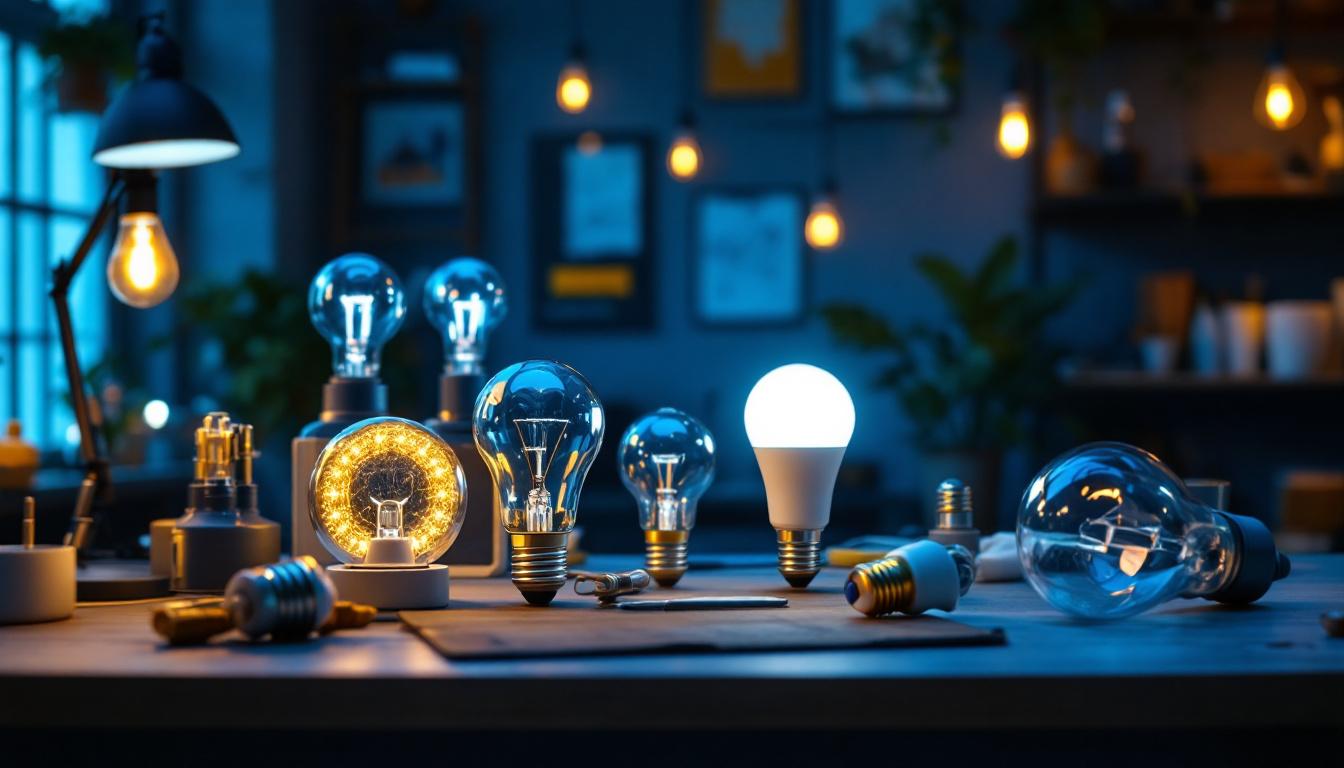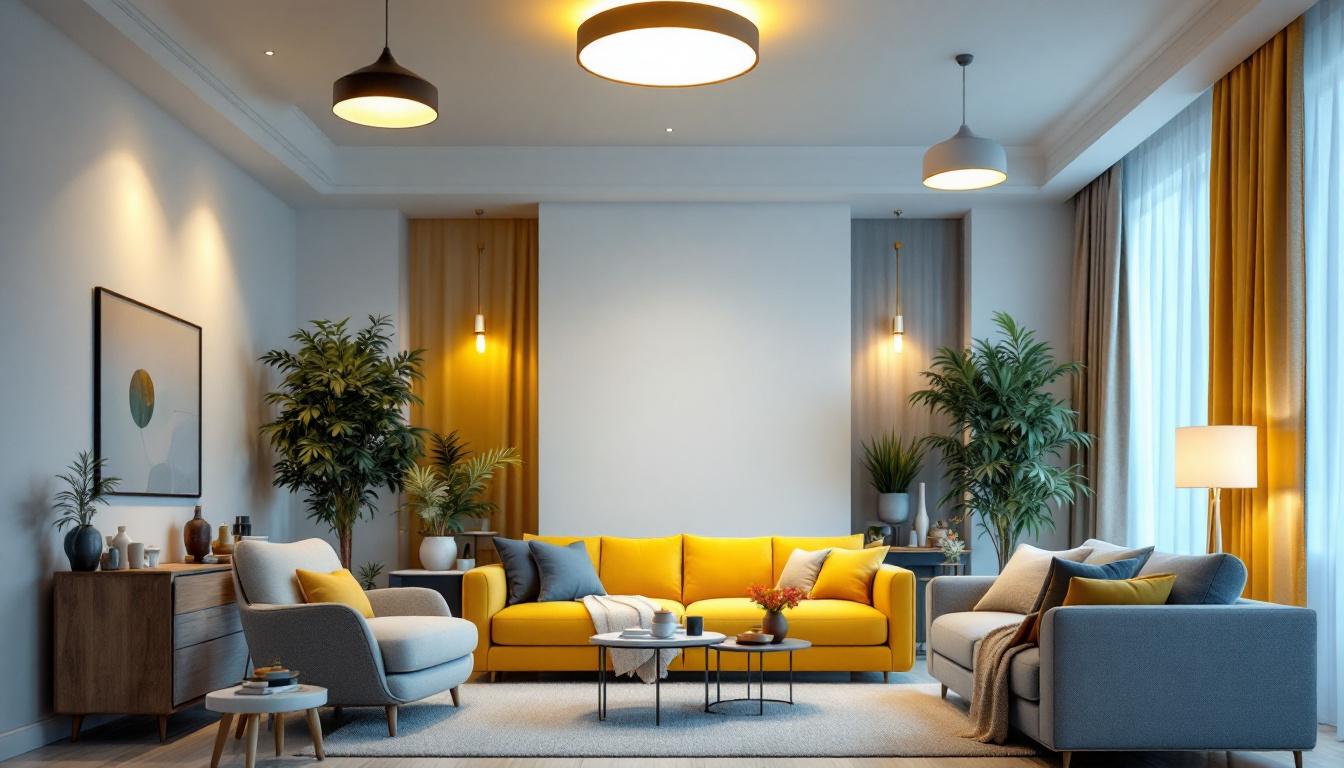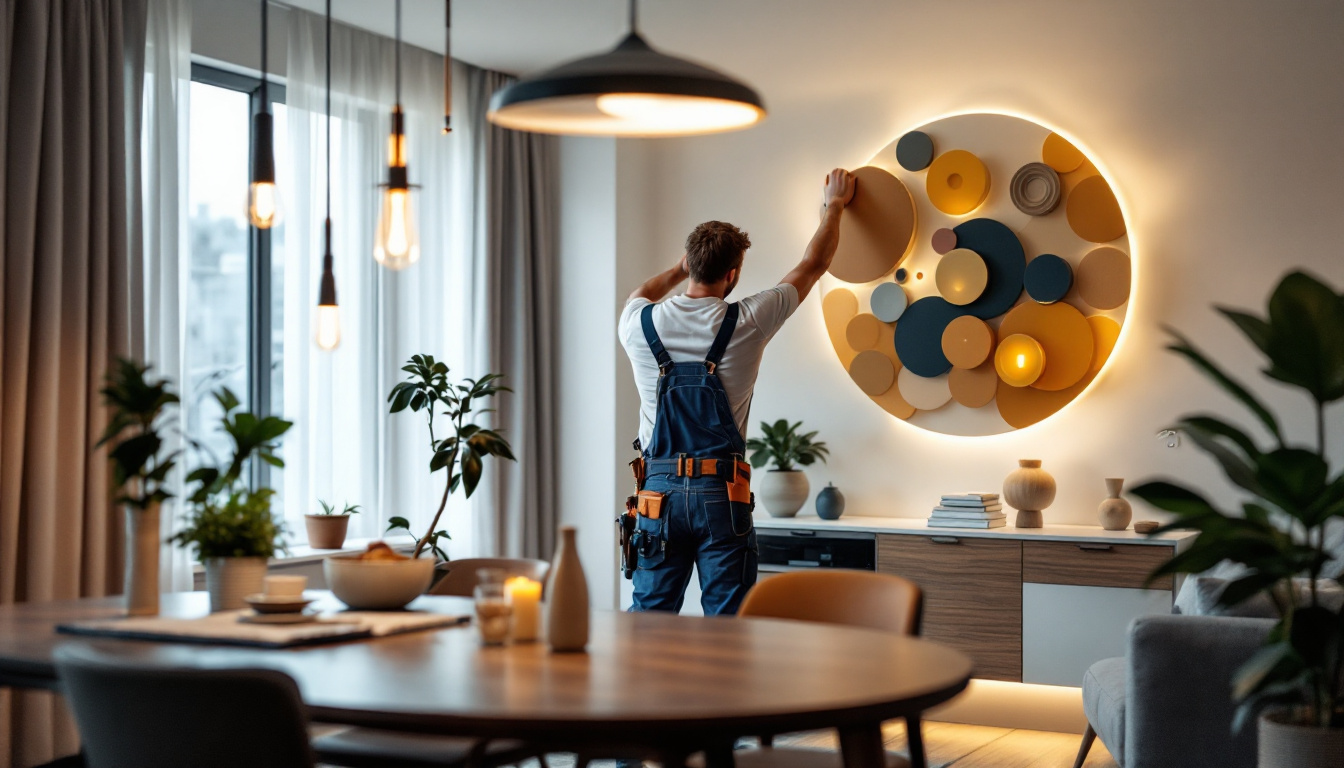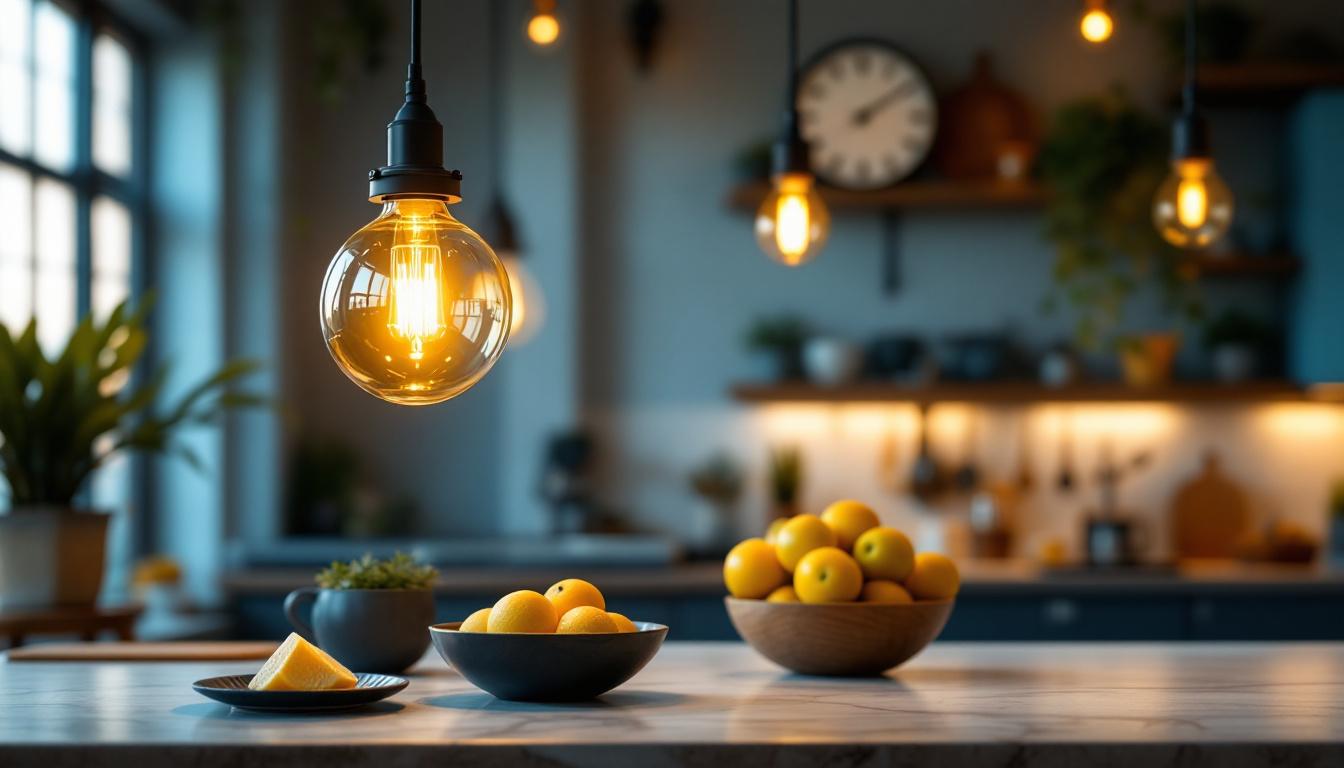
In the ever-evolving world of lighting, understanding the various types of light bulbs available is crucial for lighting contractors. Among the myriad options, plug-in light bulbs stand out for their versatility and ease of use. This article delves into the essential aspects of plug-in light bulbs, covering their types, applications, benefits, and considerations for installation. Whether you are a seasoned contractor or a newcomer to the field, this comprehensive guide aims to enhance your knowledge and equip you with the necessary tools to make informed decisions.
Plug-in light bulbs are designed to be easily connected to a power source, allowing for quick installation and flexibility in placement. These bulbs come in various shapes, sizes, and technologies, making them suitable for a wide range of applications. Understanding the fundamentals of plug-in light bulbs is essential for any lighting contractor. With the right knowledge, contractors can recommend the best options to clients, ensuring both aesthetic appeal and energy efficiency in their lighting solutions.
There are several types of plug-in light bulbs, each with unique characteristics and applications. The most common types include incandescent, fluorescent, LED, and halogen bulbs. Each type has its advantages and disadvantages, which should be considered when selecting the appropriate bulb for a specific project. Additionally, the choice of bulb can significantly impact energy consumption and long-term costs, making it crucial for contractors to stay informed about the latest advancements in lighting technology.
Incandescent bulbs are the traditional choice, known for their warm light and instant brightness. They are widely used in residential settings and are available in various wattages and shapes. However, they are less energy-efficient compared to newer technologies and have a shorter lifespan. One of the appealing aspects of incandescent bulbs is their ability to render colors accurately, making them a favorite for spaces where true color representation is essential, such as in art studios or retail environments. Despite their declining popularity, they still hold a nostalgic charm that many homeowners appreciate.
Fluorescent bulbs are more energy-efficient than incandescent bulbs and are commonly used in commercial settings. They provide a cooler light and are available in various sizes, including compact fluorescent lamps (CFLs) that can easily replace incandescent bulbs in standard fixtures. However, they contain small amounts of mercury, which requires careful disposal. The versatility of fluorescent bulbs allows them to be used in a variety of applications, from office lighting to industrial warehouses. Additionally, advancements in technology have led to the development of flicker-free fluorescent options, which can enhance comfort in work environments by reducing eye strain.
LED (Light Emitting Diode) bulbs have gained immense popularity due to their energy efficiency and longevity. They consume significantly less power than incandescent and fluorescent bulbs, making them an environmentally friendly choice. LED bulbs are available in various colors and brightness levels, allowing for greater customization in lighting design. Furthermore, many LED products now come with smart technology features, enabling users to control brightness and color temperature via smartphone apps or voice commands. This innovation not only enhances convenience but also allows for dynamic lighting solutions that can adapt to different moods and activities throughout the day.
Halogen bulbs are a type of incandescent bulb that uses halogen gas to increase efficiency and lifespan. They produce a bright, white light and are often used in track lighting and accent lighting applications. While they are more efficient than standard incandescent bulbs, they still consume more energy than LED options. Halogen bulbs are particularly favored in settings where focused lighting is necessary, such as in galleries or display cases. Their ability to provide a crisp, clear light makes them ideal for highlighting textures and colors, thus enhancing the overall visual appeal of a space. Additionally, halogen bulbs are dimmable, offering further flexibility in creating the desired ambiance in various environments.
Plug-in light bulbs are versatile and can be used in numerous applications, ranging from residential to commercial settings. Understanding the specific applications can help contractors recommend the best solutions for their clients.
In residential settings, plug-in light bulbs are commonly used in table lamps, floor lamps, and wall sconces. They provide ambient lighting, task lighting, and accent lighting, enhancing the overall aesthetic of a space. Contractors should consider the color temperature and brightness when recommending bulbs for different rooms, as these factors significantly impact the mood and functionality of the space.
In commercial environments, plug-in light bulbs are often utilized in offices, retail spaces, and hospitality settings. They can be used in overhead fixtures, display lighting, and accent lighting to create an inviting atmosphere. Energy efficiency is a critical consideration in commercial applications, making LED bulbs a popular choice for contractors looking to reduce energy costs for their clients.
Plug-in light bulbs are also used in specialty applications, such as outdoor lighting, stage lighting, and decorative lighting. For instance, outdoor plug-in lights can enhance security and aesthetics in residential and commercial properties. Similarly, stage lighting often relies on specific types of plug-in bulbs to achieve desired effects and color temperatures.
The advantages of plug-in light bulbs extend beyond their ease of use. Understanding these benefits can help contractors make informed recommendations to their clients.
One of the most significant benefits of plug-in light bulbs, particularly LEDs, is their energy efficiency. LED bulbs consume significantly less electricity than incandescent and fluorescent bulbs, leading to lower utility bills for clients. This energy efficiency is not only cost-effective but also contributes to reducing the overall carbon footprint.
Plug-in light bulbs, especially LEDs, have a much longer lifespan compared to traditional incandescent bulbs. While incandescent bulbs may last around 1,000 hours, LED bulbs can last up to 25,000 hours or more. This longevity reduces the frequency of replacements, saving both time and money for clients.
Plug-in light bulbs are available in various shapes, sizes, and colors, making them suitable for a wide range of applications. This versatility allows contractors to offer customized lighting solutions tailored to their clients’ specific needs and preferences. Additionally, the ability to easily swap out bulbs means that clients can change their lighting design without extensive rewiring or installation costs.
While plug-in light bulbs offer numerous benefits, there are several considerations that contractors should keep in mind during installation. Understanding these factors can help ensure a successful lighting project.
Choosing the correct wattage and brightness is crucial for achieving the desired lighting effect. Contractors should be familiar with the lumen output of different bulbs and how it correlates with the space being lit. For instance, a living room may require softer, ambient lighting, while a kitchen may need brighter task lighting.
Color temperature is another important factor to consider. Measured in Kelvin (K), color temperature affects the mood and functionality of a space. Warm white bulbs (around 2700K) create a cozy atmosphere, while cool white (around 4000K) and daylight (5000K and above) bulbs are better suited for task-oriented areas. Contractors should guide clients in selecting the right color temperature for their specific needs.
Not all plug-in light bulbs are compatible with every fixture. Contractors should ensure that the bulbs chosen are suitable for the intended fixtures, taking into account factors such as socket type and wattage limits. Additionally, some fixtures may require specific types of bulbs for optimal performance, such as dimmable bulbs for use with dimmer switches.
Safety is paramount in any lighting installation. Contractors must be aware of safety standards and regulations related to plug-in light bulbs to ensure compliance and protect their clients.
When installing plug-in light bulbs, contractors should adhere to electrical safety guidelines. This includes ensuring that the electrical outlets are properly grounded and that the total wattage of the bulbs does not exceed the outlet’s capacity. Additionally, using bulbs that are certified by recognized safety organizations can help mitigate risks associated with electrical hazards.
With growing awareness of environmental issues, it is essential for contractors to consider the environmental impact of the light bulbs they recommend. LED bulbs are generally the most eco-friendly option due to their energy efficiency and longer lifespan. Moreover, contractors should educate clients on the proper disposal of fluorescent bulbs, which contain mercury and require special handling.
The lighting industry is constantly evolving, with new technologies and trends emerging regularly. Staying informed about these trends can help contractors remain competitive and provide the best solutions for their clients.
One of the most significant trends in lighting is the rise of smart lighting solutions. Plug-in light bulbs equipped with smart technology allow users to control their lighting remotely via smartphones or voice-activated devices. This level of control enhances convenience and energy efficiency, making it an attractive option for both residential and commercial clients.
Human-centric lighting focuses on creating lighting solutions that enhance well-being and productivity. This approach considers factors such as color temperature and intensity, adapting lighting to mimic natural daylight patterns. As awareness of the importance of lighting on health grows, contractors may find increased demand for human-centric lighting solutions.
As the push for sustainability continues, the integration of plug-in light bulbs with renewable energy sources is becoming more prevalent. Solar-powered plug-in lights, for example, are an excellent option for outdoor applications, reducing reliance on traditional power sources. Contractors should explore these options to offer clients innovative and eco-friendly solutions.
Plug-in light bulbs offer a versatile and efficient lighting solution for various applications. By understanding the types, benefits, and considerations associated with these bulbs, lighting contractors can make informed recommendations that meet their clients’ needs. As the industry continues to evolve, staying abreast of trends and innovations will ensure that contractors remain competitive and provide the best possible service. With this knowledge, lighting contractors can illuminate spaces effectively while contributing to energy efficiency and sustainability.
Ready to elevate your lighting projects with superior quality and unbeatable value? Look no further than LumenWholesale. Our extensive selection of spec-grade lighting products ensures you have access to the best plug-in light bulbs and more, all at wholesale prices that defy local distributor markups. With free shipping on bulk orders, you can stock up on reliable, high-performance lighting solutions without the burden of hidden fees. Make the smart choice for your lighting needs and experience wholesale lighting at the best value today. Your clients—and your budget—will thank you.

Discover essential tips for selecting the perfect ceiling lights for your living room.

Discover the ultimate checklist for lighting professionals focusing on outlet plugs.

Discover the latest trends in light switch technology that every lighting contractor needs to know.

Discover the transformative power of pendant light fixtures in this insightful article, featuring real-world success stories from lighting contractors.